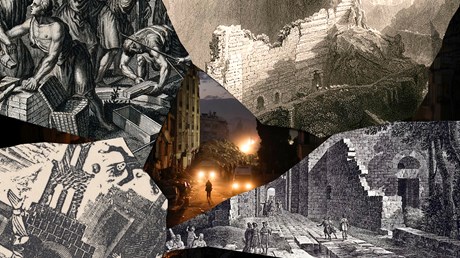A city essential to the early church, Antakya has been all but reduced to rubble.

Up until early February, tourists to the Turkish city of Antakya could find various types of archaeological and cultural treasures. The site of numerous Christian legends about the famous apostle, the Grotto of St. Peter, a church built into a cave in the fourth or fifth century, sits near nearby Neccar Mountain.
In 2010, workers uncovered a city block’s worth of 30,000 artifacts, including a Roman bath, and the world’s largest single-piece floor mosaic, one displaying a noticeable ripple from an earthquake in the sixth century AD. A museum opened displaying these finds in 2020.
Despite 99 percent of Turkey’s population identifying as Muslim, the city also included a Greek Orthodox church, rebuilt after an earthquake in 1872, a Catholic church, and a modern synagogue, all on streets once paved by Herod the Great.
Christians know this city as Antioch, a place that the apostle Paul held close to his heart and whose name many churches and ministries have taken as their own. However, in contrast to a site like Ephesus, archaeologically minded Christian visitors would find little to see, as the modern city was built on top of the ancient one. The visible ruins were limited to sections of fortification walls above the city and foundations of an aqueduct. Only a visit to the harbor at nearby Seleucia provided any tangible connection to the biblical world, as here the apostles set sail for Cyprus.
Today, most of these wonders have been impacted after two earthquakes (7.8 and 7.7 respectively) struck southeastern Turkey and northern Syria on February 6. More than 50,000 have died, and just as rescue efforts had ceased and cleanup had begun, two more earthquakes, measuring 6.4 and 5.8, struck outside Antakya on February ...
Continue reading...
from Christianity Today Magazine
Umn ministry




.gif)

.gif)
.gif)
